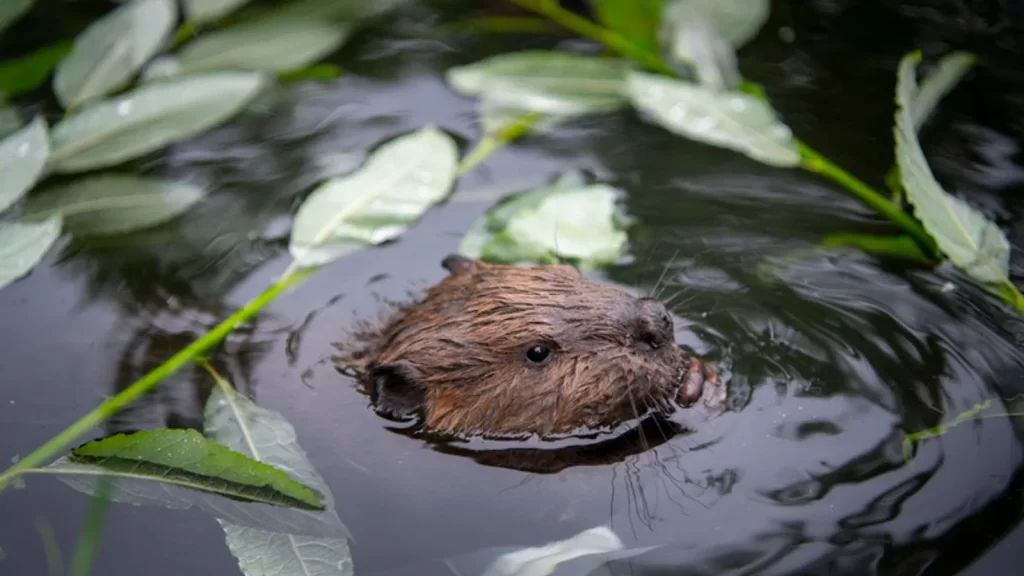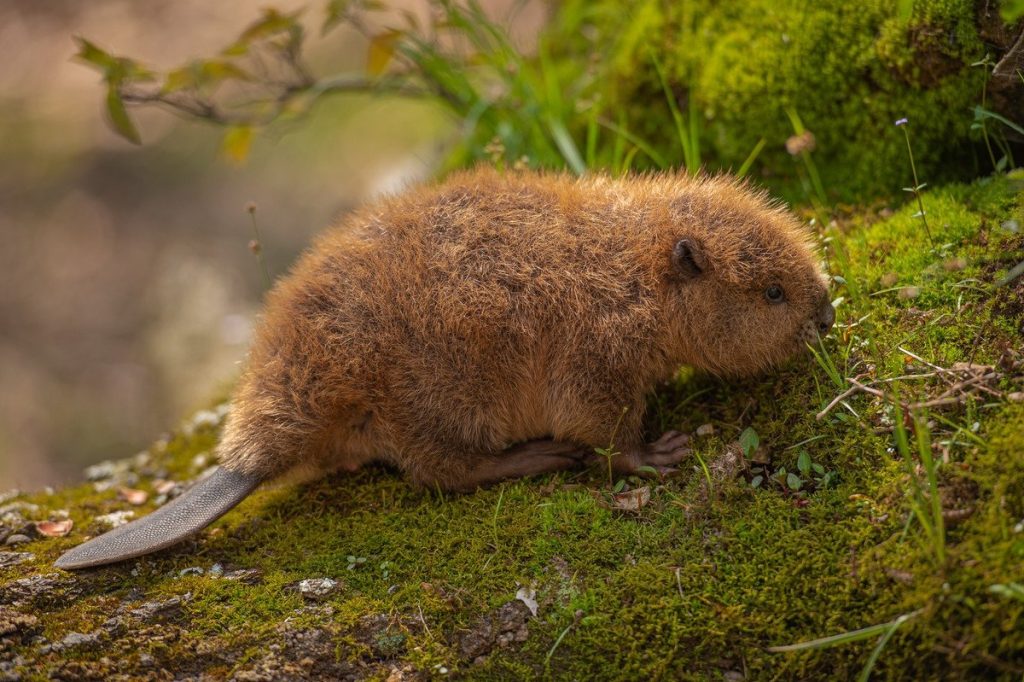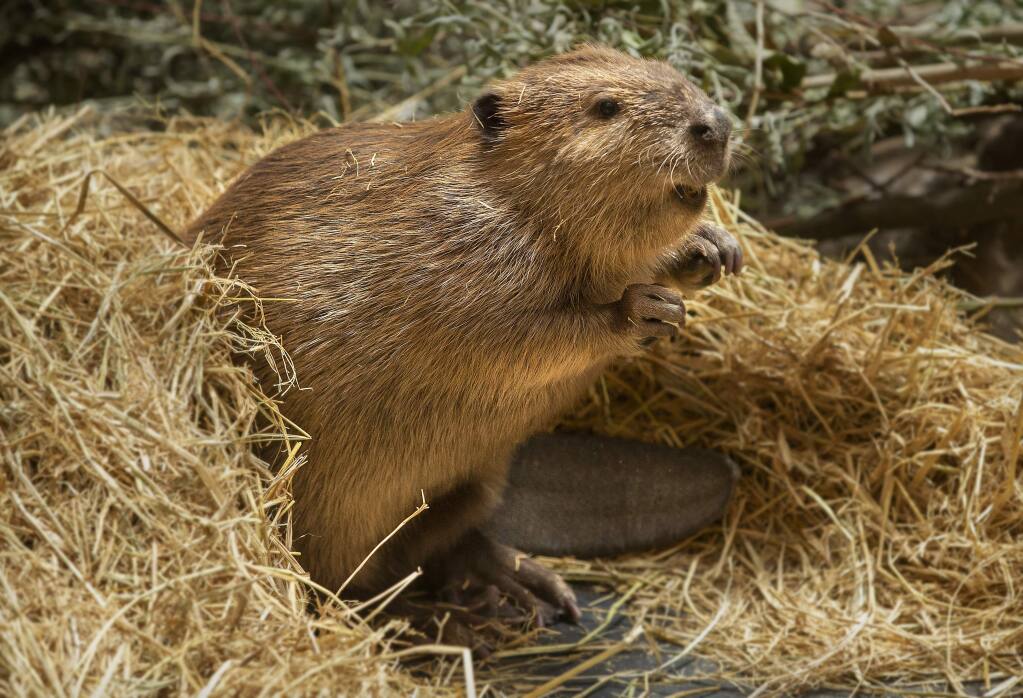Beavers, a keystone species, can have a significant impact on water flow and habitat in their environment. Their presence can alter the water flow of streams and rivers, create ponds and wetlands, and provide habitat for a variety of species. These changes can have both positive and negative effects on the ecosystem and the organisms living within it.
Beavers are known for building dams across streams and rivers, which creates ponds and wetlands. These structures help to slow down the flow of water and hold it back, which can have several benefits. First, the water is able to spread out and infiltrate into the ground, which helps to recharge groundwater aquifers and maintain stream flow during dry periods. This can be particularly important in arid regions where water is a scarce resource. Second, the ponds and wetlands created by beavers provide important habitat for a variety of plants and animals. These areas can support a diverse array of species, from waterfowl and fish to amphibians and insects. The still waters of the ponds can also provide ideal breeding grounds for many species, including some endangered ones.

Beaver ponds also have the potential to improve water quality. As water flows through the ponds and wetlands, it passes over vegetation and through the sediment, which can help to filter out pollutants. This can be particularly important in areas where agricultural runoff and other human activities have degraded water quality.
However, the creation of beaver ponds and wetlands can also have negative impacts on the environment. For example, the standing water in these areas can provide ideal breeding grounds for mosquitoes, which can be a nuisance to humans and other animals. Additionally, if the beaver population becomes too large, the ponds and wetlands can become overcrowded, leading to a decline in water quality and habitat degradation.
Another way that beavers can impact water flow and habitat is through their burrowing activities. Beavers construct elaborate lodges and burrows in the banks of streams and rivers, which can have a significant impact on the surrounding ecosystem. These burrows can provide important habitat for a variety of species, including otters, muskrats, and minks, but they can also weaken the banks of the waterway. This can lead to erosion and instability, which can in turn impact water quality and habitat for other species.

In addition to their impact on water flow and habitat, beavers also play an important role in the ecosystem as a whole. As a keystone species, they have a significant impact on the food web and can influence the behavior of other species. For example, the presence of beavers can create a more diverse landscape, which can attract a variety of other species. Additionally, the dams created by beavers can provide important habitat for fish species, which can use the pools created by the dams as spawning grounds.
However, the impact of beavers on the ecosystem can also be negative in some cases. For example, in areas where beaver populations have become too large, they can overgraze vegetation and cause significant damage to forests and other ecosystems. Additionally, the creation of beaver dams can sometimes lead to flooding in nearby areas, which can be damaging to human infrastructure and property.

In conclusion, beavers can have a significant impact on water flow and habitat in their environment. Their creation of ponds and wetlands can have both positive and negative effects, providing important habitat for a variety of species while also potentially impacting water quality and causing nuisance issues. Their burrowing activities can also impact the surrounding ecosystem, leading to erosion and instability. Ultimately, the impact of beavers on the ecosystem depends on a variety of factors, including population size, habitat suitability, and local environmental conditions. As such, it is important to carefully manage beaver populations in order to ensure that their impact on the ecosystem is positive and sustainable.